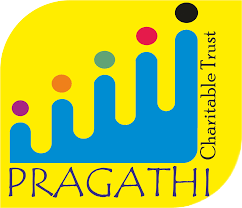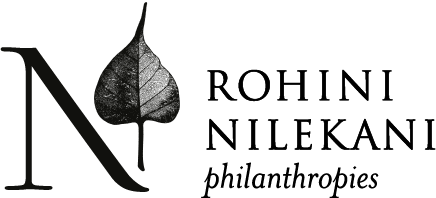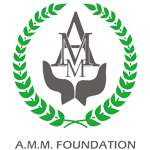The Glory that was Ooty, and the Grandeur that is Coonoor
The heritage of Ooty is well documented, for both the District Manual of 1880 and the Gazetteer of 1908, devote quite a liberal portion of their space for this town which is known to have sprung into being somewhere around 1820.
It is chiefly to John Sullivan of the Madras Civil Service that Ootacamund owes its existence. The efforts of his successors first made it a popular military sanitaria, next a district headquarter, and much later, a summer capital and a sought after tourist attraction.
A much more detailed account about this township can be seen in the monumental work of Sir Frederick Price published in 1908. In ‘Ootacamund, A History,’ Price recounts in minute detail ; the town’s founder, the first building, the lake, the church, the gardens, the club, the many gubernatorial and viceregal visits, and so on and so forth ad infinitum.
More than two hundred years have now rolled by ever since the Wish and Kindersley expedition marked the beginning of the ‘Modern History of the Nilgiris’ ; but unfortunately no such Fredrick Price has turned up so far to chronicle Coonoor.
Her saga from 1833 ; from a mere encampment boasting a few huts, a Traveller’s Bungalow and a Chetrum ; to a municipality and later on to a taluk headquarters, though phenomenal, sadly still lies piecemeal and largely unknown.
Ootacamund owes part of its popularity chiefly to Coonoor, for it was the opening up of the Coonoor Pass which made Ooty more accessible, a factor which helped her overshadow Kotagiri which till then was reigning supreme.
Just as Ooty had it’s Sullivan, Lushington, Kelso, and others, Coonoor has had her own share of pioneers as well. Gen. Brackley Kennet, Gen. C. Hamilton, Gen. G. W. Cleveland, and Gen. W. R. Corfield, to name just a few. They helped to put her on the map, planting the first coffee, building residences and public edifices, many of which stand today as grand heritage structures. They laid out the first parks and amusement grounds, and in short paved the way for future settlers. The latter in their turn opened the first educational institutions, the many plantations of tea, the first railway company ; and formed the first association of associations, the United Planter’s Association of Southern India which now observes its one hundred and twenty-fifth.
Neither was Coonoor ignored by the English nobility, Lady Canning the wife of the then Governor General is known to have spent her time here during the Sepoy Mutiny. Lady wenlock the wife of the Governor of Madras after whom the bridge over the Coonoor River is named, is said to have laid aside convention by renting Brooklands for two consecutive seasons. The Viceroy Lord Curzon entrained at Coonoor on his way back to Simla from a visit of Ootacamund, and the very same Viceroy was later instrumental in setting up the Pasteur Institute over here.
Indian contribution to the town’s development has as well been significant. It was Roa Bahadur Bellie Gowder who mobilised the massive labour force that built the Nilgiri Railway of UNESCO Heritage fame. It was his son Roa Bahadur Ari Gowder who was active in the cooperative movement and later became the district’s first legislator.
On the independence moment front again Coonoor isn’t in any way out beaten, the very first freedom fighter to be jailed from this district in 1910, was from these parts. The Mahatma chose to stay in Mount Pleasant during his tour of these hills, and Sarath Chandra Bose the brother of Subash Chandra Bose was kept in house arrest at Fairlight.
Post independence has witnessed two important institutions which have contributed much to social uplift come into existence, the INCOSERVE and the TANTEA.











